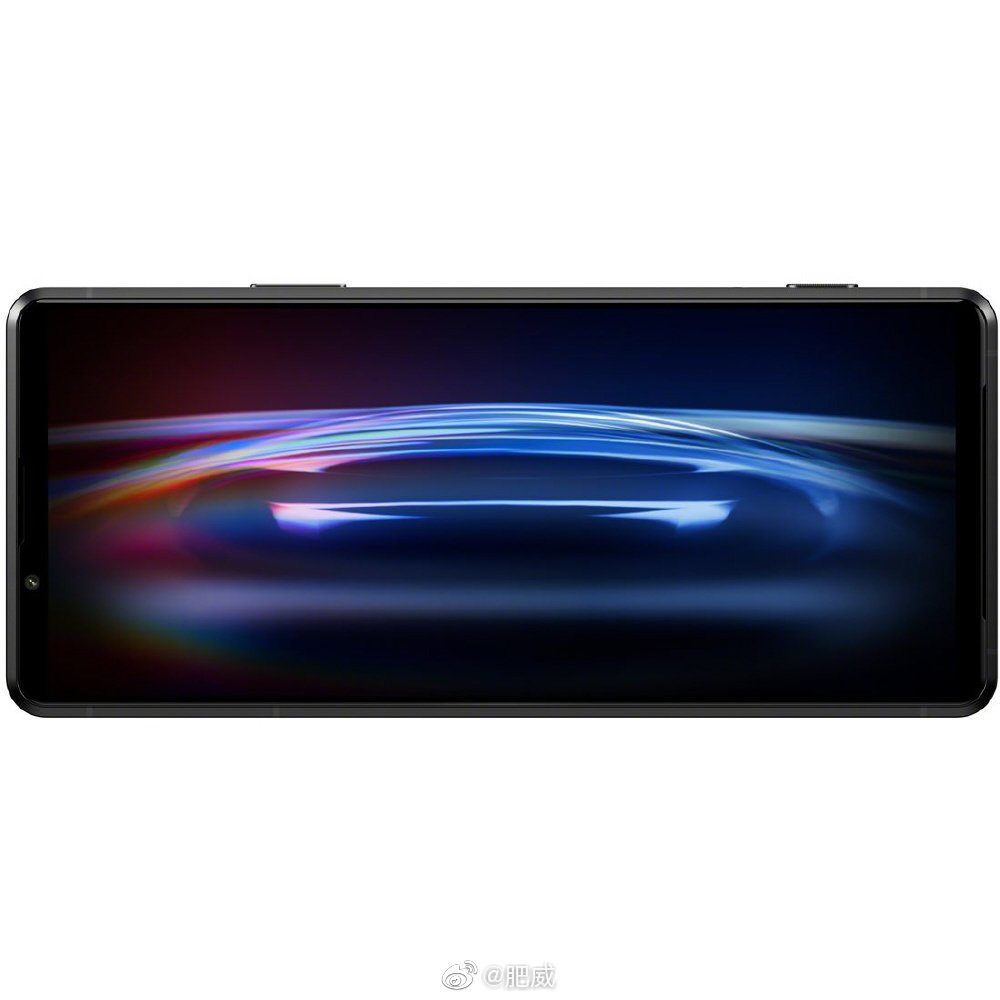The Xperia Pro 1 is said to be Sony's first "camera with a phone attached."
What you need to know
- The first official renders of Sony's upcoming Android flagship have leaked online.
- The Xperia Pro 1 will apparently be the company's first phone to come equipped with a massive 1-inch camera sensor.
- Sony will unveil the phone at a global launch event on October 25.
Sony announced earlier this month that it would announce a "new Xperia product" on October 26. While the company hasn't revealed anything about the product yet, two new leaks on Weibo suggest the event will see the launch of a new Xperia flagship aimed at vloggers (via (I_LEAK_VN).
The phone will apparently be called the Xperia Pro 1 and could be a follow-up to the Xperia Pro that Sony announced last year. As you can see in the images below, the Xperia Pro 1 will not look vastly different from Sony's current flagship devices. It has a tall aspect ratio, a dedicated camera shutter button, and relatively thick bezels around the display.
The leak also suggests the phone uses the same 1-inch Sony IMX800 main sensor as the Sharp Aquos R6. Just as you'd expect, the phone does appear to be quite thick. While it remains to be seen if the Xperia Pro 1 can take the smartphone camera crown away from the Pixel 6 Pro, it is likely to be a significant upgrade over previous flagship phones from the company.
Similar to the Xperia Pro, Sony will also offer a few interesting accessories along with the Pro 1 to make it more appealing to vloggers. As can be seen in the image below, the "Vlog monitor" accessory will make it a lot easier for vloggers to capture videos using the rear camera.
Needless to say, the Xperia Pro 1 appears to be a highly impressive device and could give the best Android phones from Samsung a run for their money. Going by the Xperia Pro's pricing, however, the Pro 1 may be nearly as expensive as the Galaxy Z Fold 3.
Source: androidcentral





